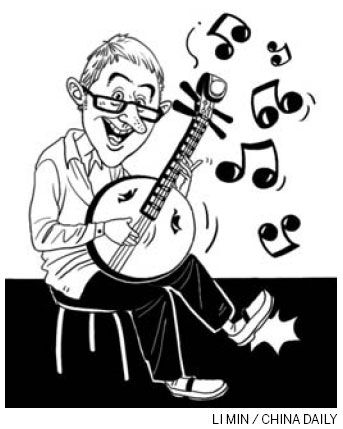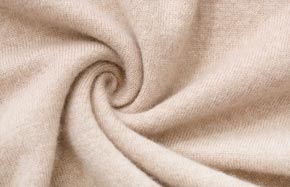When modern rock meets ancient guitar
By Erik Nilsson ( China Daily ) Updated: 2010-07-15 09:20:09
When foreign friends see it, they ask, "What is it?"
When Chinese friends see it, they ask, "What are you doing with it?"

I'm talking about my beloved zhongruan - a traditional Chinese instrument that looks and sounds like the lovechild of a passionate fling between a banjo and an acoustic guitar, which I have adopted as my baby.
Its intriguing appearance enticed me when curiosity lured me to peruse the musical instrument district in Beijing's Xinjiekou. I bought the "moon guitar", as it's also known, partly to better understand the local culture but, mostly, just for fun.
And fun it has been. But at first it seemed it was not helping me comprehend the local musical mindset because I use this classical Eastern folk instrument to play Western indie rock - a genre nary intended by the culture that invented the zhongruan but one that remains, quite literally, harmonious with it.
Well, at least I think so. The way in which my Chinese friends have disagreed is the means by which the instrument has helped me understand local conceptions of musicality.
While most of my Western strum chums find improvised zhongruan rock to be a perfectly natural extension of the instrument, the reactions from my Chinese buddies have been more surprising - mostly in that they are more surprised than foreign friends to hear me play a homespun indie ballad. The most common reaction is, "But that's not even Chinese music you're playing."
As I've made more local musician friends, I've found many of them believe learning a classical instrument means learning the classics - period. The orthodoxy holds that one should play according to, well, the orthodoxy, sonically replicating the works of the masters with as much precision as possible. This is best done under a tutor, rather than scoring ones' own ditties through tinkering.
Take China's premier guqin (zither) virtuoso Li Xiangting - a rare specimen of both cultures' mainstream approaches to music.
The 63 year old began studying the instrument at 17. But only after about four decades of mastering it did he feel comfortable to try writing his own ditties. And he did so to muted controversy and according to the "10 rules of improvisation".
A friend once let me borrow her guqin and tried to teach me the complicated notation and finger techniques needed to perform the classics according to sheet music.
I stuck with it for about an hour before I started just experimenting, which both sounded better and was more fun.

While I still generally prefer making up my own tunes, the merits of the replication versus innovation approach became apparent when I picked up an erhu.
This beautiful two-stringed fiddle makes the heart ache when played by masters and the ears ache when the bow is taken up by an experimenting foreigner - only to be put back down at the request of his wife, who has since hidden it somewhere she will never divulge.
I understand why she did that. While the maestros' erhu scores pull the heartstrings, mine savagely beat the eardrums. I'm pretty sure the elevator music in hell is performed by beginning-level erhu students.
For now, I'm fine without the bowed instrument, because I can instead fiddle around with my dearest zhongruan.
But I'm also thinking about changing my tune and seeking a master to teach me the classics on erhu - if I can convince my wife to tell me where she hid it.
|
|
|
|
|
|
|
|


























 Raymond Zhou:
Raymond Zhou: Pauline D Loh:
Pauline D Loh: Hot Pot
Hot Pot Eco China
Eco China China Dream
China Dream China Face
China Face






